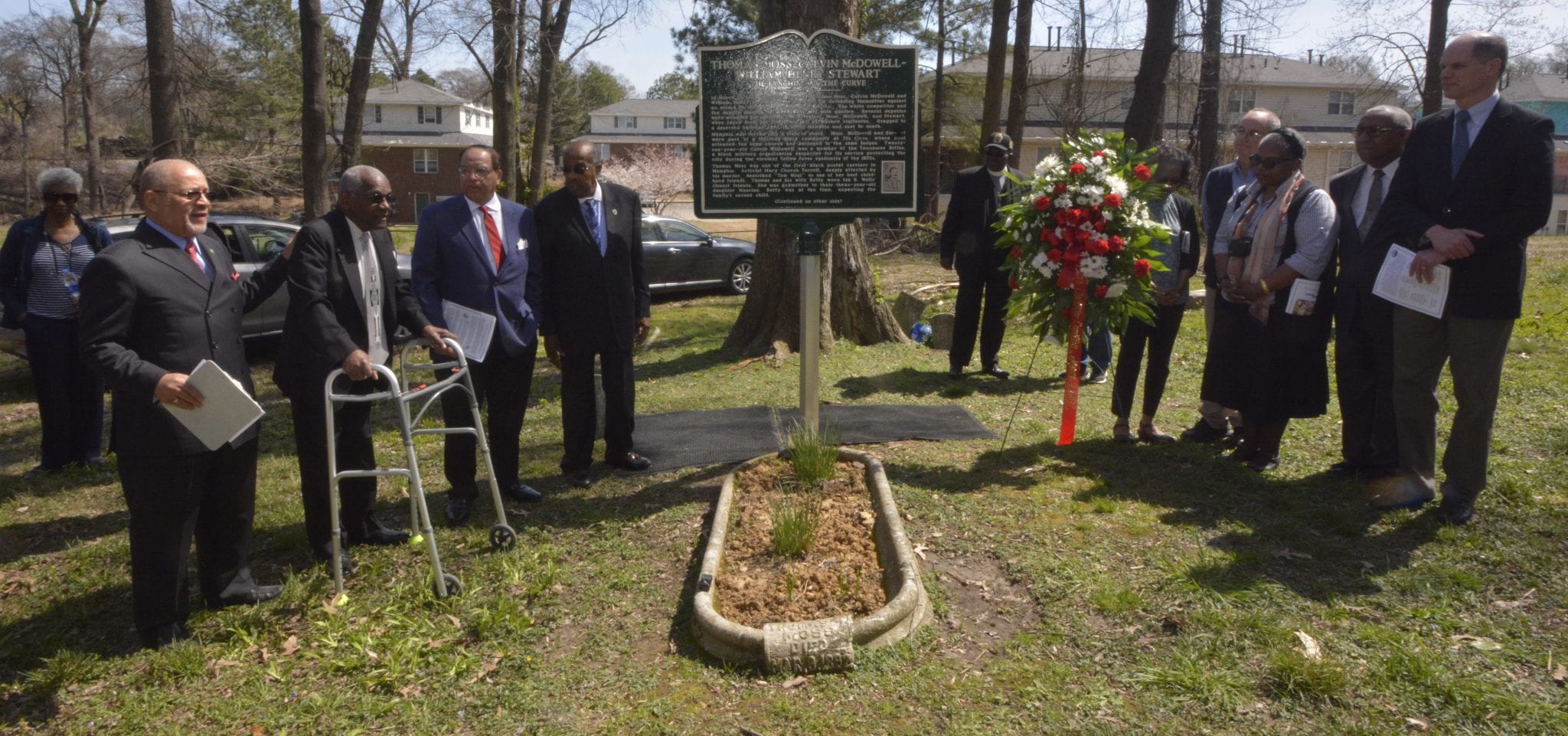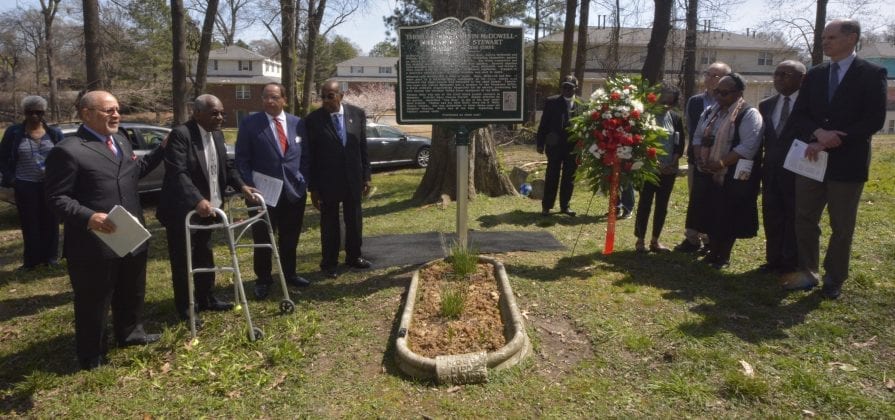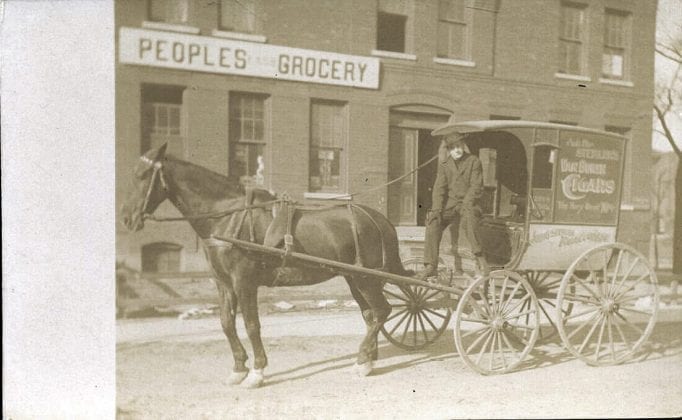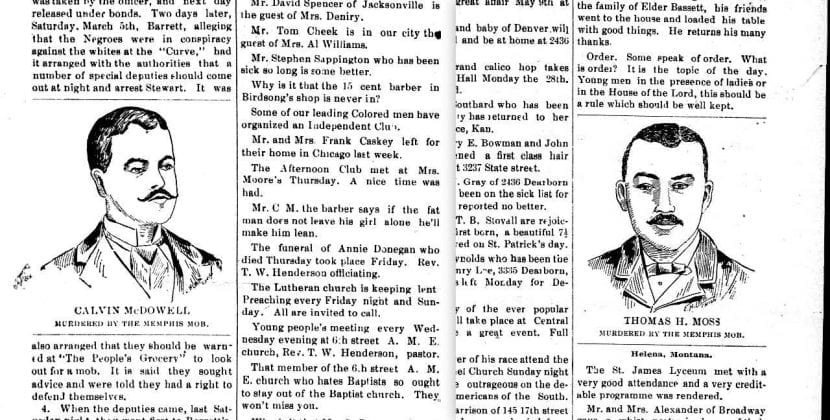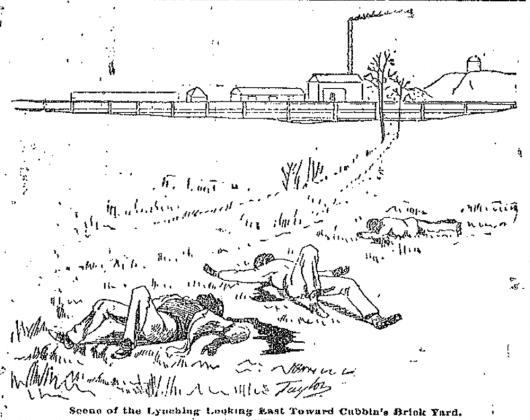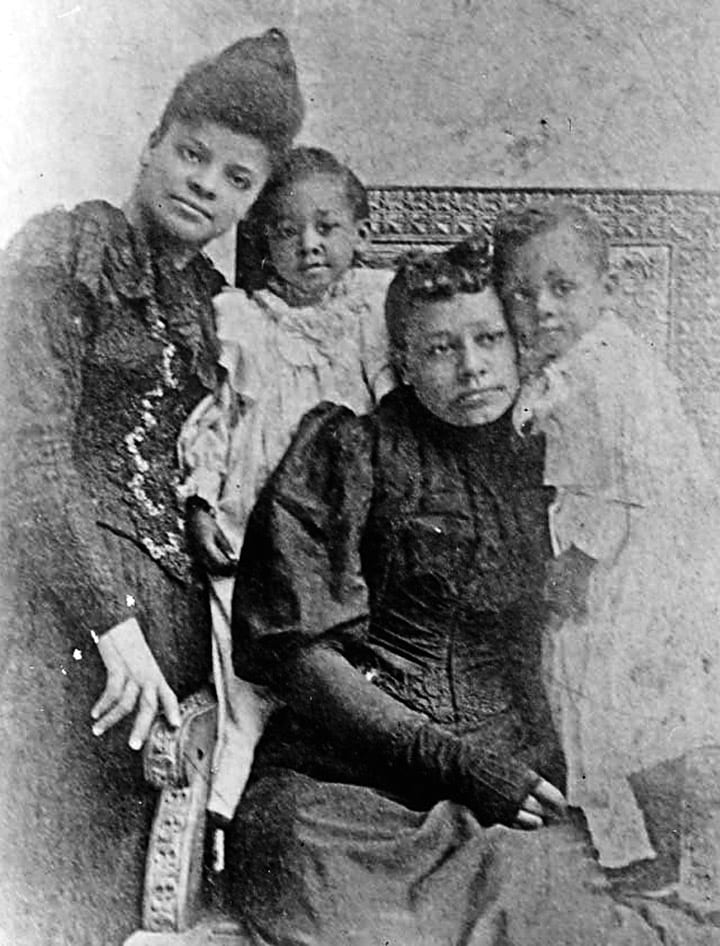
I’m originally from Holly Springs, Mississippi, the birthplace of legendary journalist and anti-lynching activist Ida B. Wells-Barnett. As mayor, my dad helped make sure her birth site was preserved and it’s now the location of the Ida B. Wells-Barnett Museum.
I’m not saying I know everything about Ida B. Wells — I absolutely don’t. And that came into focus for me just a few months ago, while working on our TSD video series: “History: Hidden In Plain Sight.” That was when I learned the names of Thomas Moss, Calvin McDowell and William Stewart. Moss and Wells were close friends, and it was his murder that launched her on her anti-lynching campaign. If you don’t know the story, watch the clip below.
But there’s now another chapter to the story: On March 23, their gravesite became home to a new historical marker at Zion Christian Cemetary (1426 S. Parkway E.). The National Park Service marker was placed at the grave of Moss in keeping with the movement to document the history of lynching in the United States.
One thing that has always fascinated me about history are the details – how these major shifts in American history and human history come down to everyday people just trying to make a living. Understanding what happened at People’s Grocery adds a whole different dimension to Ida B. Wells life and work. It makes the history come alive.



